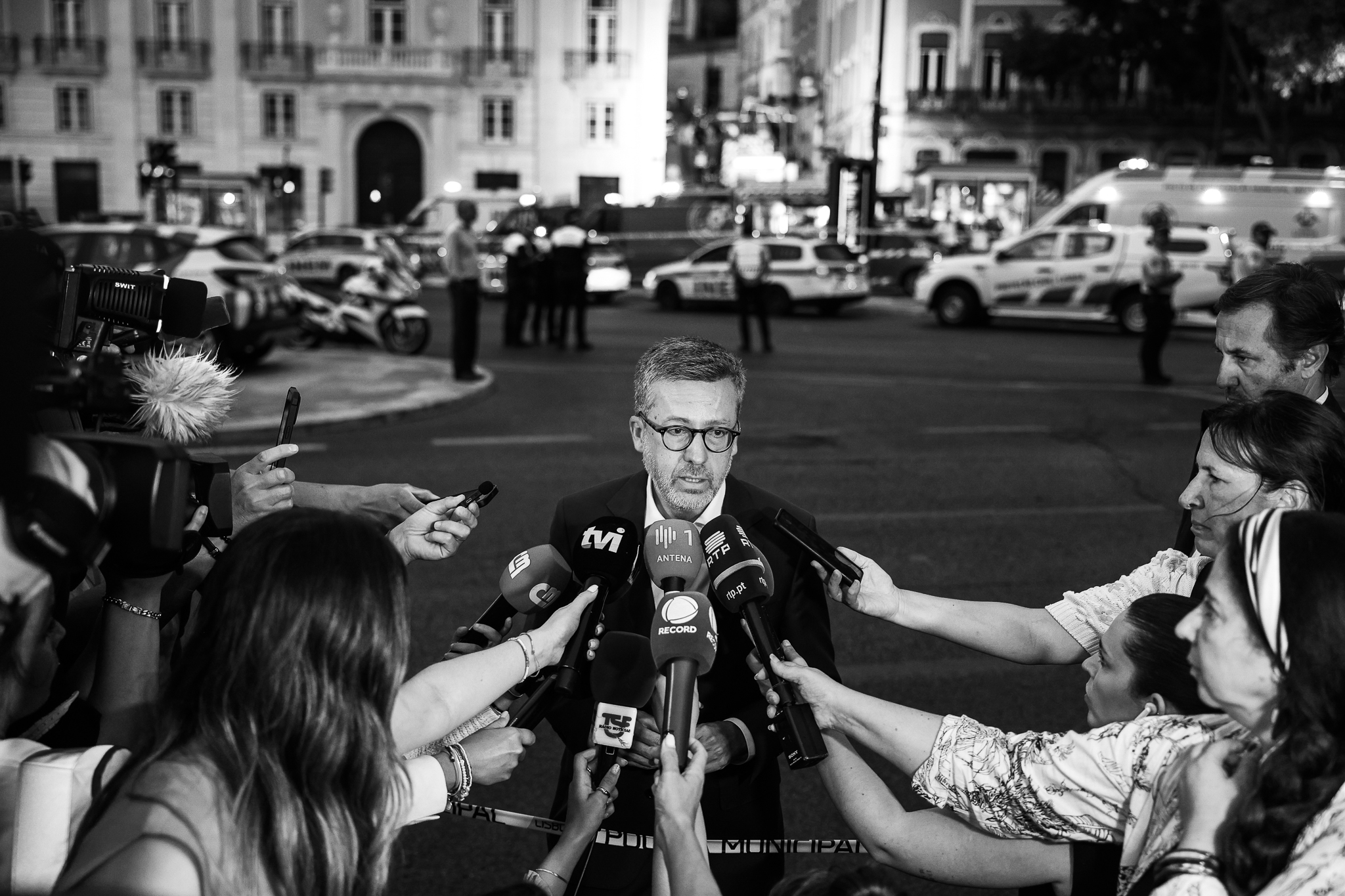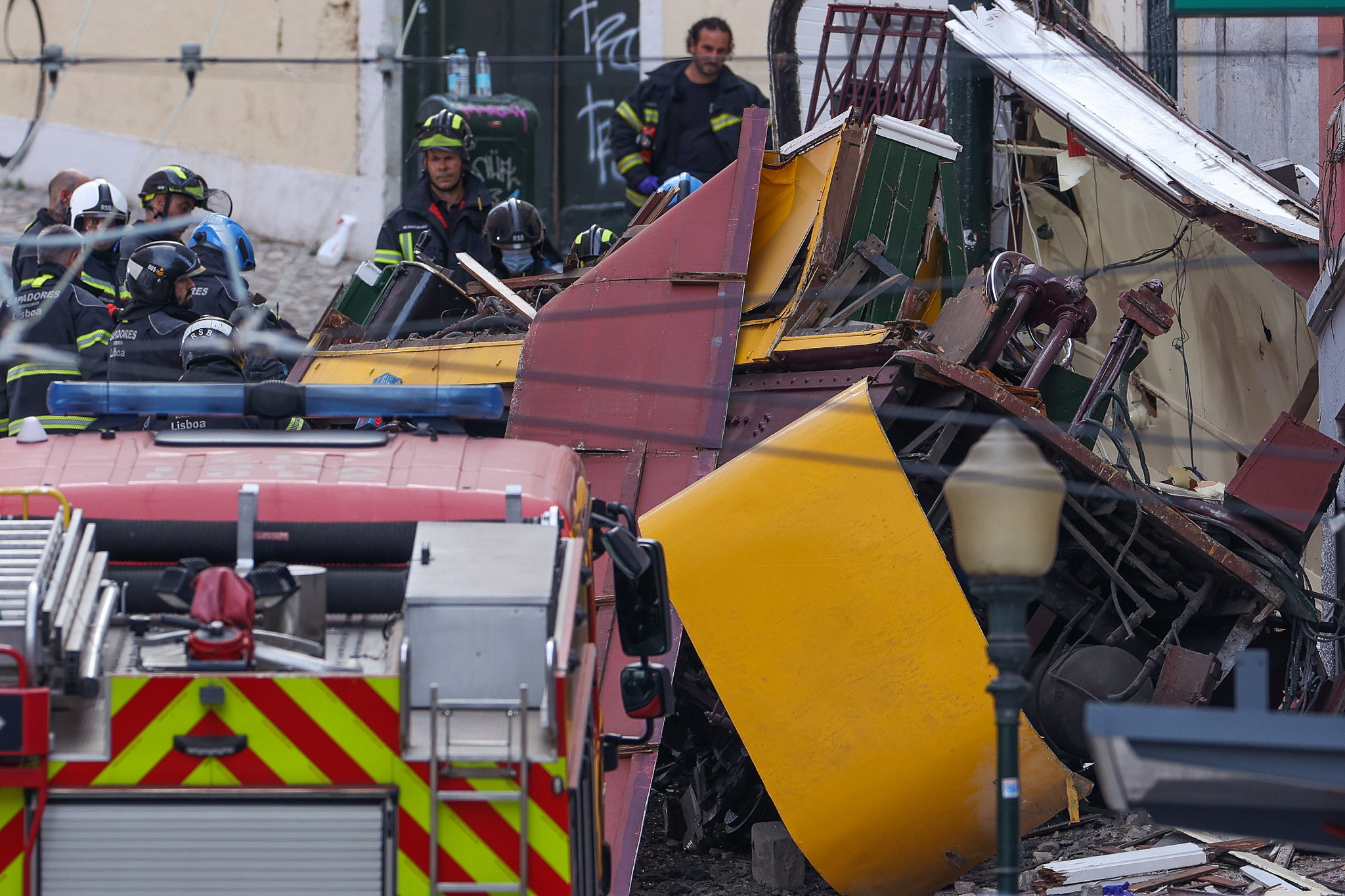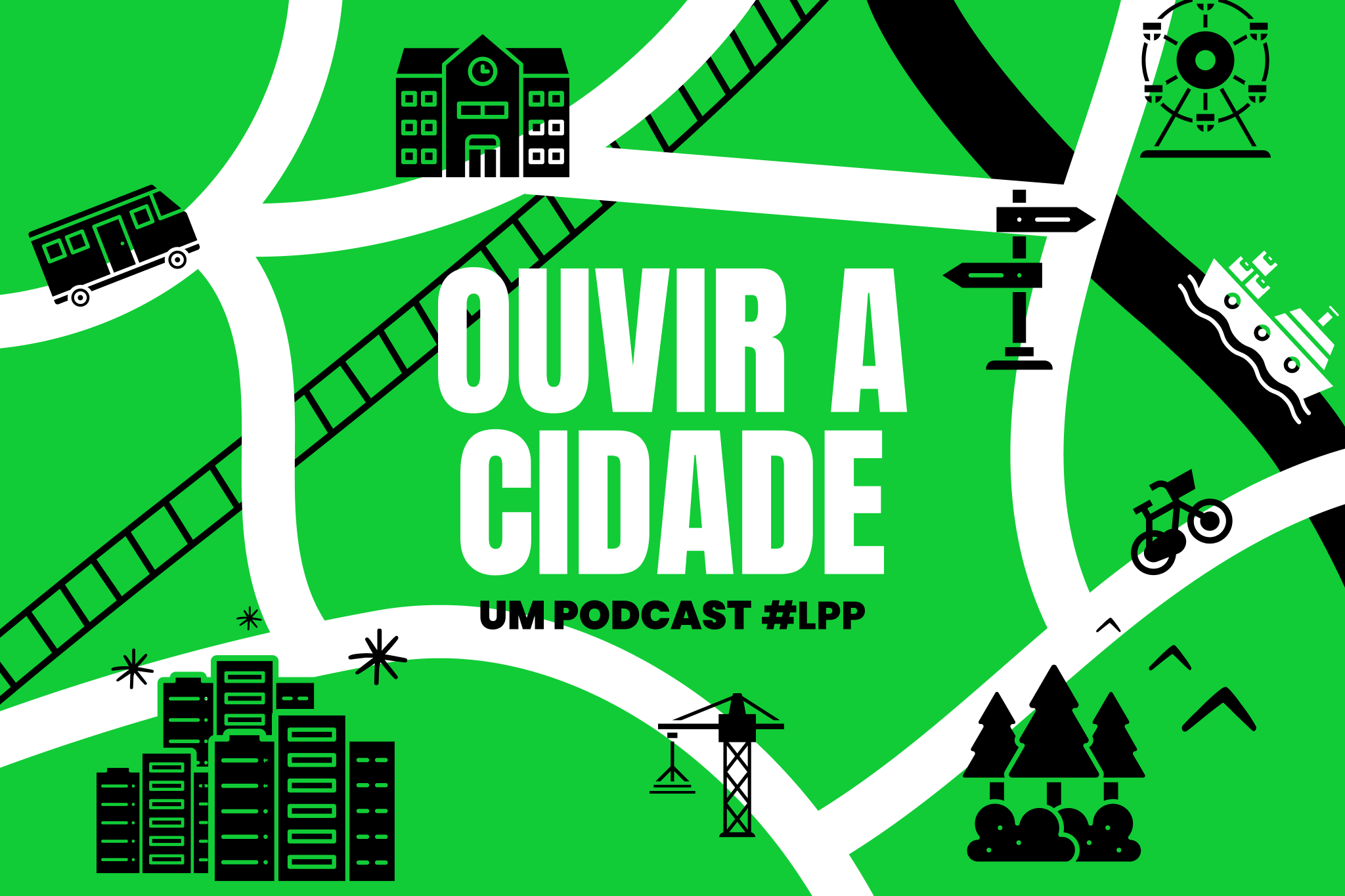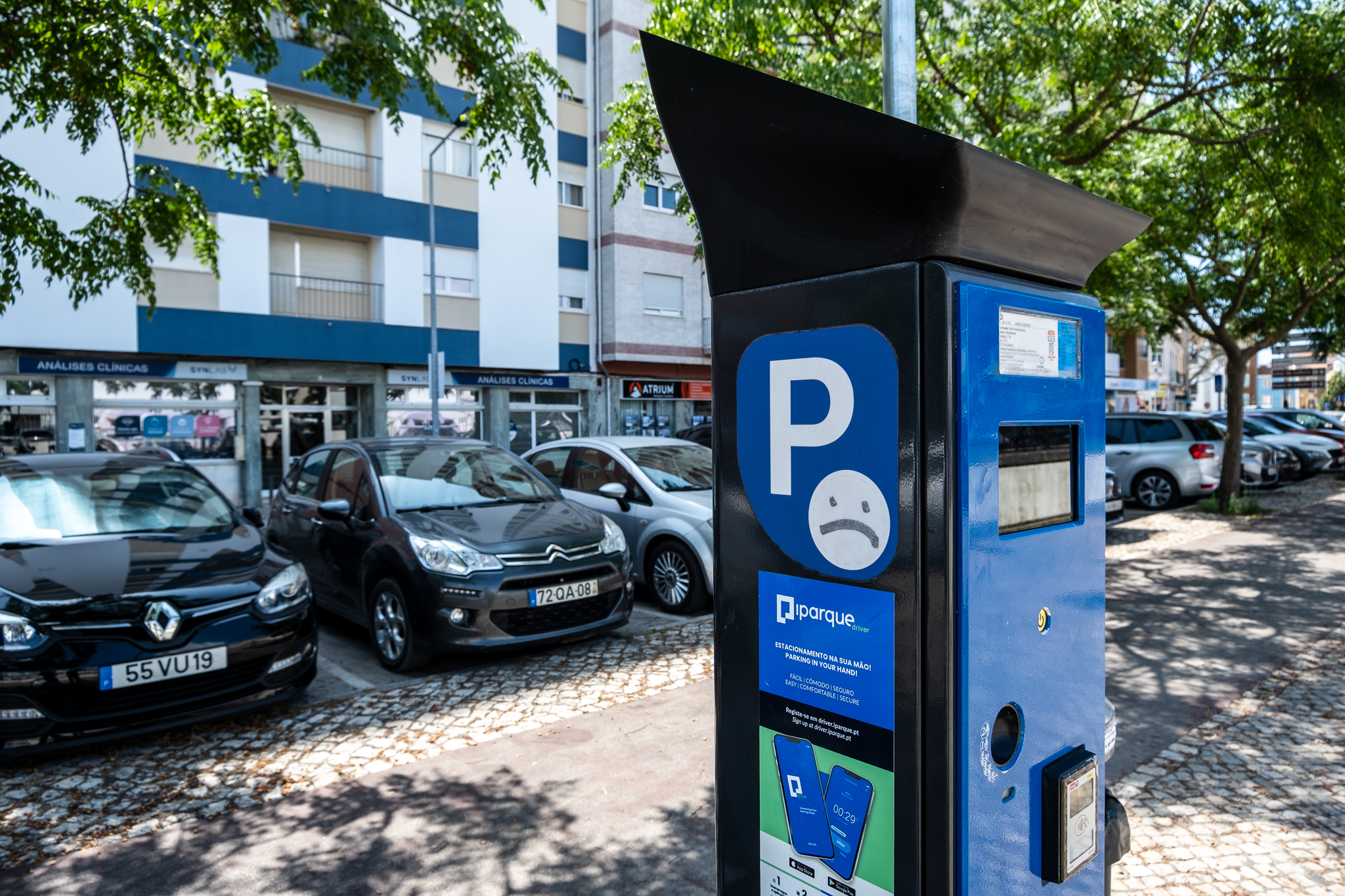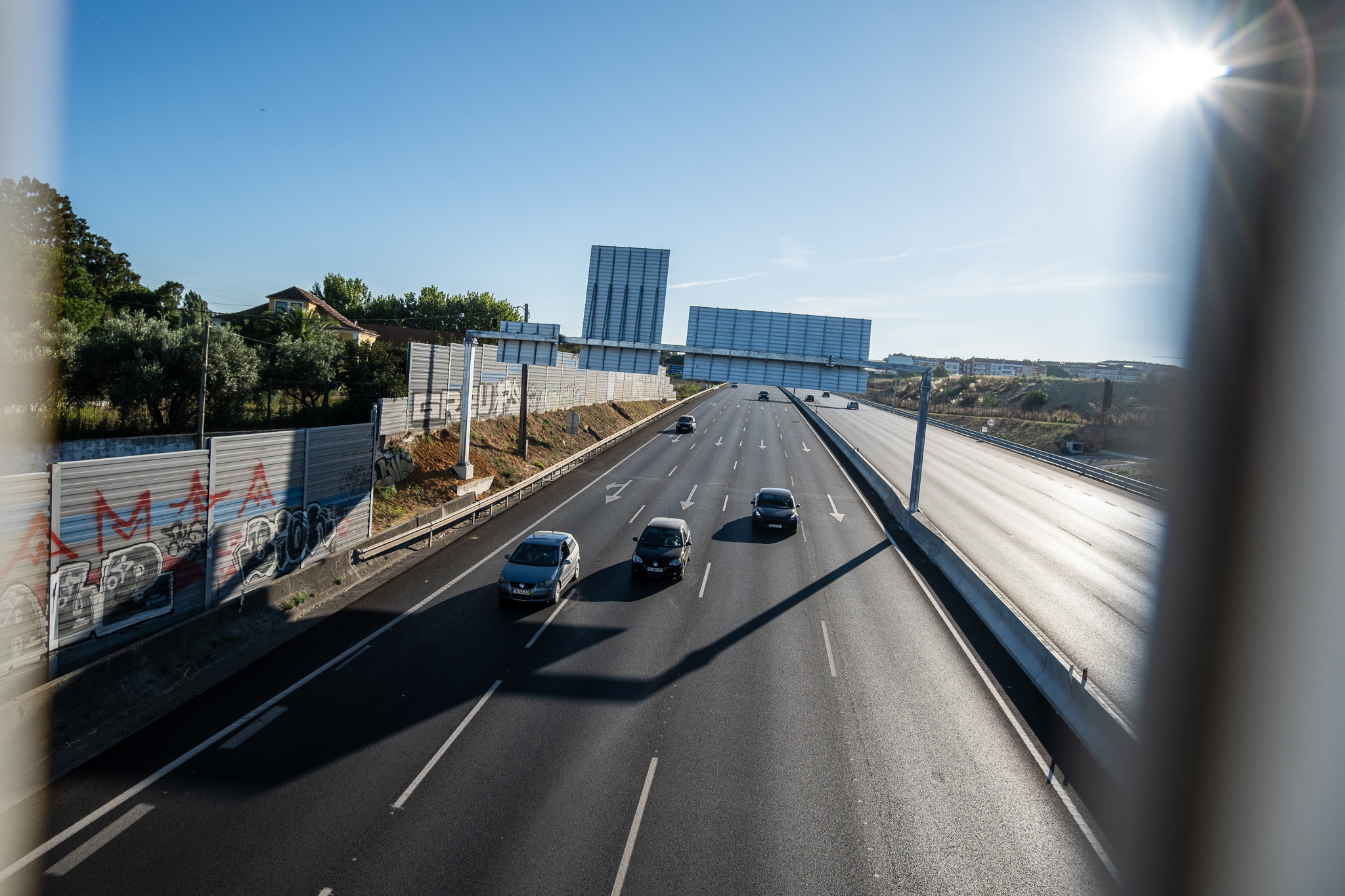Real-time timetables, payment with bank card, app to replace physical pass... TML wants to digitalize public transport, catching up with other capitals. Partnership with Moovit is a first step.

When everything is operational the 100%it will be possible put your bank card against the bus validator and thus pay for the trip. Or do the same with your cell phone and the future Navigator app. The physical card, the pass, will be able to stay at home because this same application can replace it. Through it or the Navegante's future site, which will take the place of the old VIVA Portalwe will be able to manage our "passenger account", see what trips we have made, what balance zapping we have and also load the pass for a given month. We will also be able to search how to get from A to B, combining the different modes and transport operators in the Lisbon metropolitan area. And we will know in real time how much is left for the next bus when we are still on the boat. We will have this information not only in the Navegante app but also in our preferred platform, be it Google Maps, Citymapper or Moovit.
Technology will be part of the future of public transportation and, in the European panorama, Lisbon is lagging behind. But the vision exists, and so does the will. Rui Lopo, administrator of Transportes Metropolitanos de Lisboa (TML), responsible for the operation of Carris Metropolitana (CM), risks saying that until the end of the year it will be possible to follow in real time all the buses of the new metropolitan road service. But he admits that everything depends on the operators that currently operate CM on the ground - TST in Area 3 (Almada, Seixal and Sesimbra) and Alsa Todi in Area 4 (Alcochete, Barreiro, Moita, Montijo, Palmela and Setúbal).
Carris Metropolitana's timetables in real time until the end of the year
"We need first of all for the operators to give us the information in real time. We are pushing hard to make that a reality."explained Rui Lopo, at a press conference on Wednesday, about the launch of a partnership between TML/CM and the Moovit application. "There is one operator that is already giving us this data"He said, adding that this is not yet data that can be presented to the people, but are already being used by TML to detect possible schedule violations. Rui explained that this raw information needs to be processed and translated before it can reach ordinary people, allowing them, from their cell phones, to know exactly how long it is before the CM bus is due and if, for example, it is delayed.

Passengers will be able to see real-time schedules on the future Navegante application and possibly also on Google Maps and CityMapper. For now there is a guarantee that real time information from Carris Metropolitana will be accessible on Moovit. This mobility application, of Israeli origin, has more than 1.5 billion users worldwide and is present in more than 3,400 cities in 112 countries. With 10 years of existence - the last two with Intel, which acquired the company in 2020 - Moovit presents itself as "the most popular urban mobility app"Moovit, seeking to offer users the best way to get from A to B by combining all the options available in the city, from public transportation to shared vehicles. TML decided to partner with Moovit because of the responsiveness of Intel's technological subsidiary. Moovit "was the fastest to receive our data"explained Rui Lopo; the choice "it was a procedural matter".
"We are very happy with the partnership with Moovit, but we will never lock ourselves to one platform"The GTFS files, which contain the schedules, stops and lines of a particular public transport service in a standard format that any Google Maps or Moovit-style application can interpret, he said, will be made available publicly and openly in the future. For now, they believe it is still premature to do so because CM's offer is still being fine-tuned and there are several updates. But the most recent GTFS files from Carris Metropolitana are already in possession of Moovit and CityMapper (which has also been quick to respond), which are already presenting the most current information to the public. Google has been slow in validating and introducing CM's information in its mapping application; and with Apple, for its mapping service, TML says there have been no contacts yet. TML is available by e-mail info@tmlmobilidade.pt to other partnerships: people, startups, companies, associations... in short, collective or individual entities that show interest in Carris Metropolitana's GTFS data and want to do something with them in this initial phase.
At the moment, only Metro de Lisboa, TTSL and CP provide real time information about their services. Metro data is, in fact, available via API and several applications integrate it - from Google Maps to a small site built by two volunteer programmers. As for river transport, it is possible to see on TTSL's own app when the next boats leave and how busy they are; CP makes available the Next Trains" feature in your app and now also on your website, indicating delays of more than 5 minutes when they exist in their suburban supply. About the Carris buses, the Lisbon operator's application stopped working properly a few months ago and has not been fixed since.
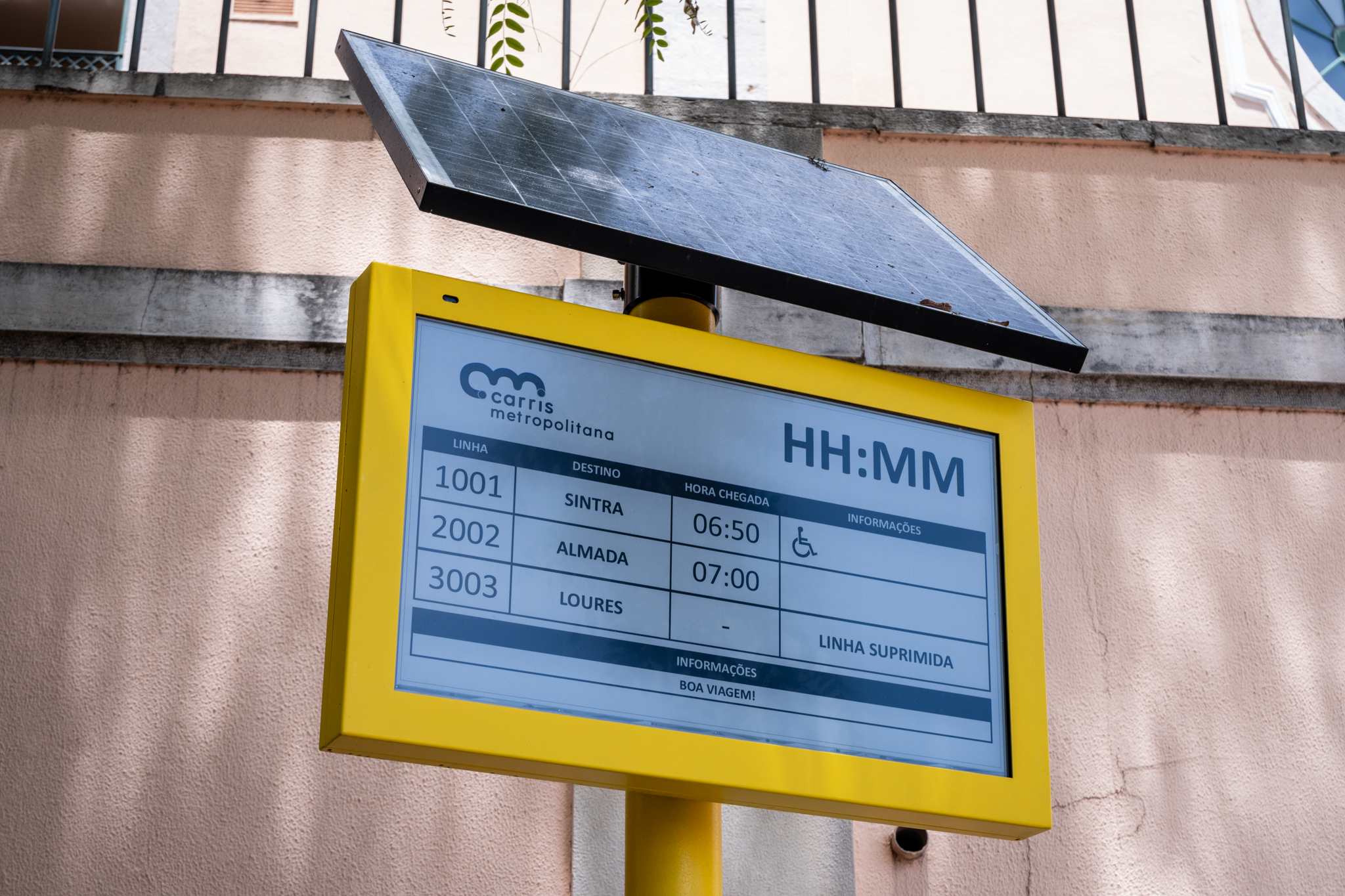
The real-time data from Carris Metropolitana will also appear at the stops. TML has about 370 digital panels to be installed at the most important bus stops in the 18 municipalities. "We submitted the licensing application this week" of these panels, which "they need to be buried and that entails licensing from municipalities". "We hope the process will be simple"added Rui Lopo. The 370 panels will indicate the next buses at a certain stop and the waiting times in real time. They will be installed at the most crowded bus stops and some will also be installed at train stations.
A "Super API", an application and other digital solutions for 2023
TML, which besides Carris Metropolitana also manages the entire ticketing system of the Lisbon metropolitan area, called Navegante, is developing a "Super API" that unifies the current diversity from operator to operator, from transport mode to transport mode. The ambition begins at Carris Metropolitana - which when it is rolled out region-wide in early 2023, will have four distinct operators. With this "Super API", called API Apex, the goal is to achieve a "standardization of the entire ticketing system" and that the validators that exist in the buses of Carris Metropolitana (and not only) "speak the same language". Only in this way will it be possible to load the pass directly into the validator, "as is already done in other cities", use the bank card or even dematerialize the Navegante, allowing the use of a cell phone and an app to travel on public transportation.
Rui Lopo gave as an example a food delivery service like Uber Eats, in which the person knows when his meal leaves the restaurant and can see the courier's route home. The secret is that "the platform that is in the restaurant and the one that the user has is the same, it's from Uber Eats"This allows communication between the different points of contact. The idea is to achieve the same with Carris Metropolitana and other modes of transport in the Lisbon metropolitan area - so that we can see where our bus is just as today we can see where the courier is with our hamburger -; the "Super API", which will replace the old VIVA API will be a key step in this direction.
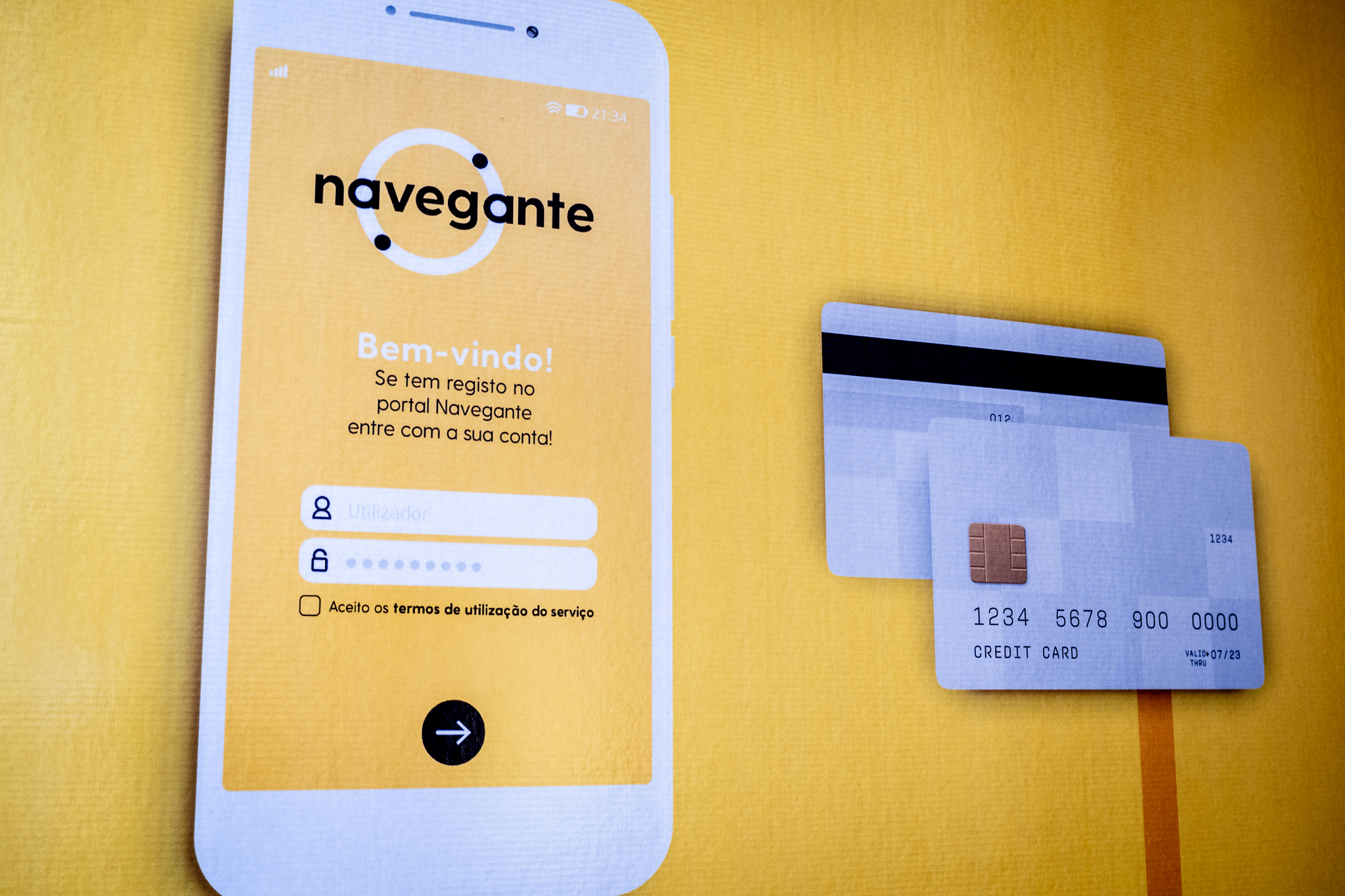
Another key piece in the future of public transportation in the Lisbon metropolitan area will be new website and Navegante's mobile appwhere any passenger can consult his data and manage his "passenger account", and which will be complemented by a cell phone application, which intends to allow this management in mobility. Feeding this site and app will be a renewed CRM system ("Customer Relationship Management"), which will be transversal to all operators in the metropolitan area - so that whoever goes to a Carris station can have exactly the same experience and level of information as at a Metro counter or, at home, through Navegante's website or app. As for this application, Rui Lopo answers that it should be ready in 2023. Also in that year it should be possible to use the bank card to pay for trips, passing it through the bus validator. But it will still be necessary to test all this in a real environment first; the TML administrator assures, however, that all bus validators at the moment meet the contractual requirements, so they will be ready for the new payment methods.
The Navegante's app will not only allow passengers to see all their personal information; it should help them on their trips, indicating how to get from A to B and seeing the up-to-the-minute waiting times of the different operators - not only Carris Metropolitana. The ambition is really to create an app with "all transportation information on a metropolitan scale" and solve the information dispersion that we see today, centralizing everything in a single placeBut TML won't be able to impose anything on any operator, because it only manages the Carris Metropolitana service. And even so, "we are not the operator"Rui Lopo recalled several times. "We're going to have to get all four operators to give uniform information to be able to go to the people"he said, remembering the challenge of dealing with four different companies (in January 2023With the enlargement of CM to the North Shore, the companies Vimeca and Rodoviária de Lisboa will join Alsa Todi and TST in the field operation of this great metropolitan brand of road transport).

Carlos Humberto de Carvalho, first secretary of the Metropolitan Area of Lisbon (AML), which groups the TML, stated that, For now, the great technological challenge of Carris Metropolitana is to offer "correct and current information" and that this information can be "not only current but also in real time"which will allow us to bring "other audiences" for the service. "We will not rest as long as there is one person underserved" by CM, and "only when this is resolved, we will start to better communicate the advantages of the new service" of metropolitan public transportation. About the start of operation of Areas 1 and 2 on the first day of January, Carlos points out that "now we are already more alert to things that were not an identified problem". Rui Lopo adds that TML is doing everything possible for the expansion of Carris Metropolitana to go well, but the operators - Vimeca and Rodoviária de Lisboa - will tell us 60 days before "whether they can afford to go or not".
For now, the best way to use Carris Metropolitana will be by Moovit. The application will send push notifications whenever there are changes or news on the service, and will have a QR code at various stops so that passengers can easily check schedules. The app also features what it calls "smart links" - that is, links that companies, associations, and individuals can share on their social networks and platforms and that take users directly to directions to a particular location; it can be useful for events, for example. About Metropolitan Carris' arrival on other platforms, such as Google Maps, "I can't tell if it will be 15 days or more" - depends on how quickly (or not) Google responds. Right now, you can see bus schedules, stops and routes on Moovit and Citymapper - alternatively to CM's own website -; when available, the actual waiting times, updated by the second, will be shown in both applications.


